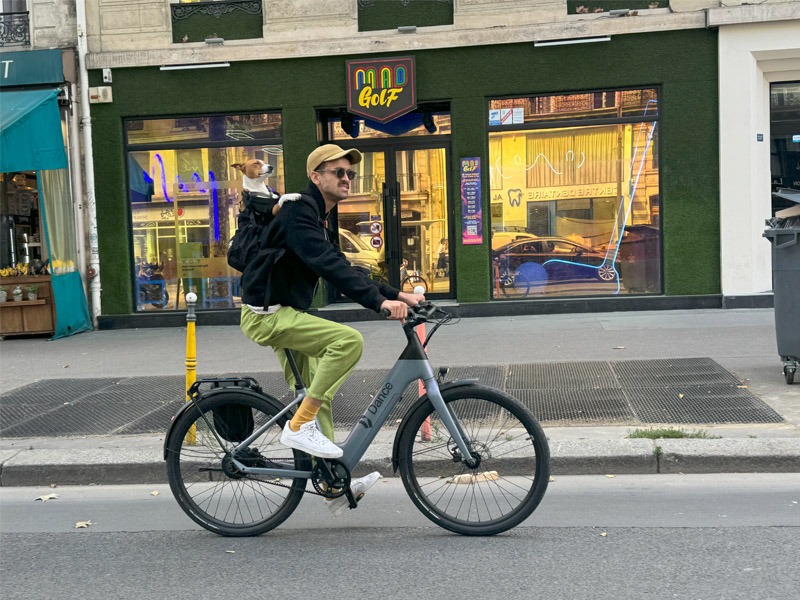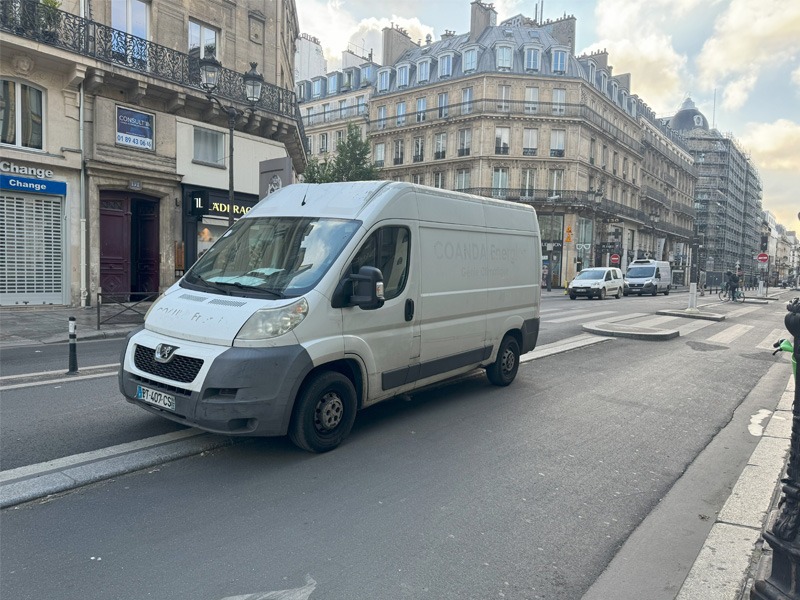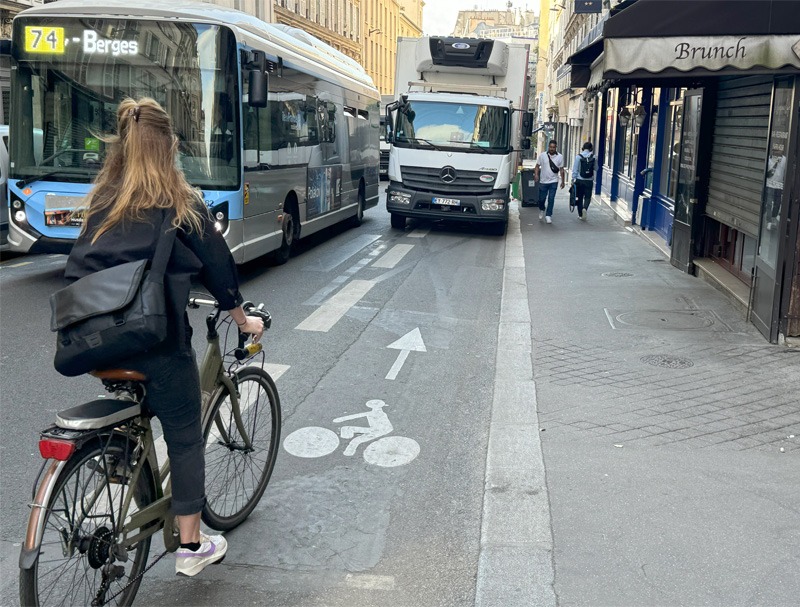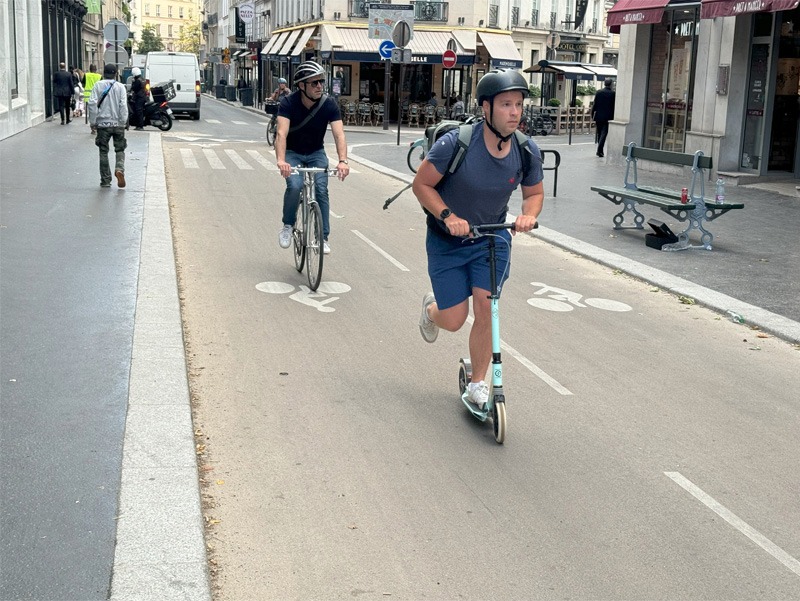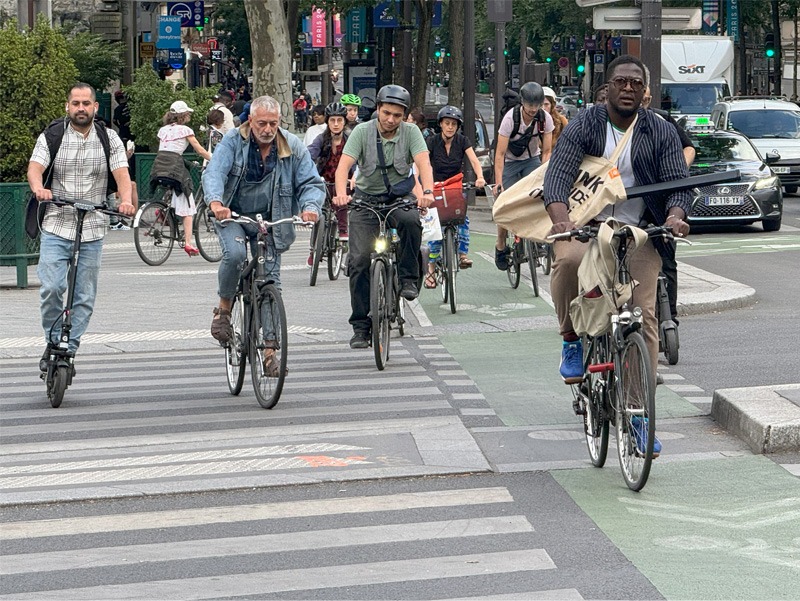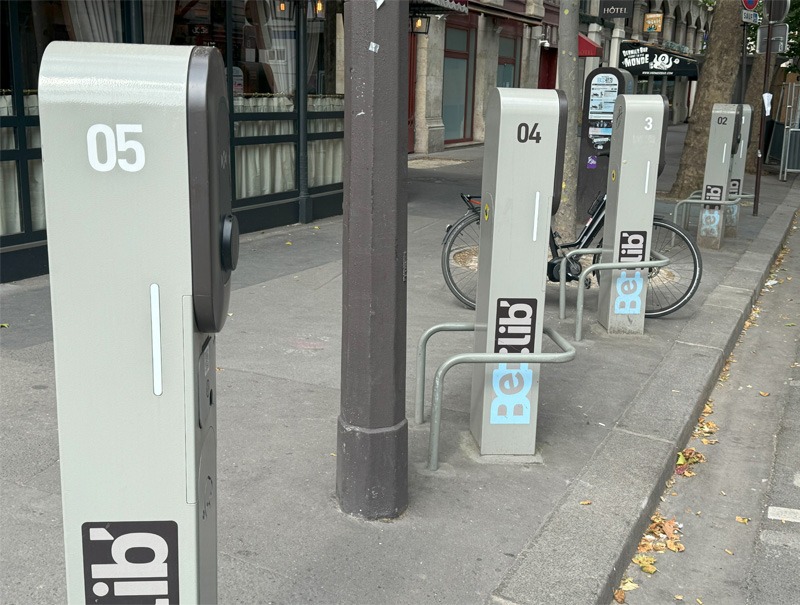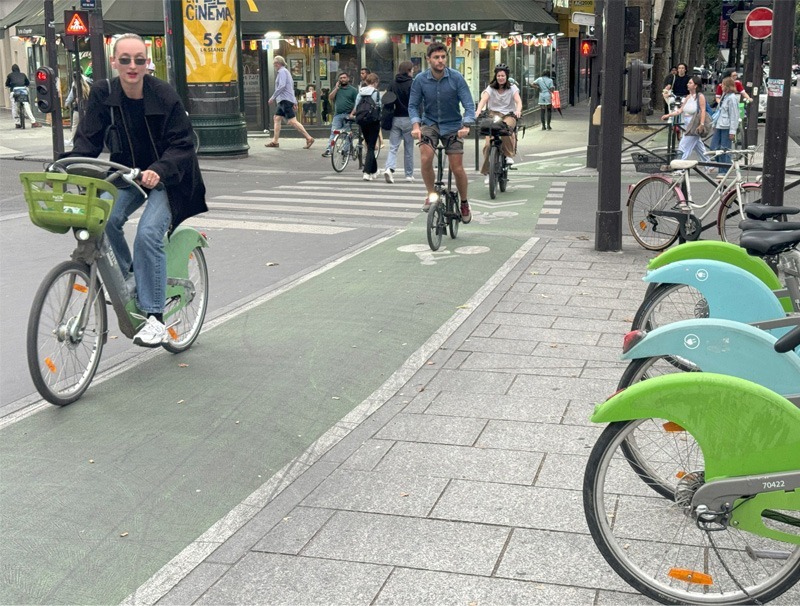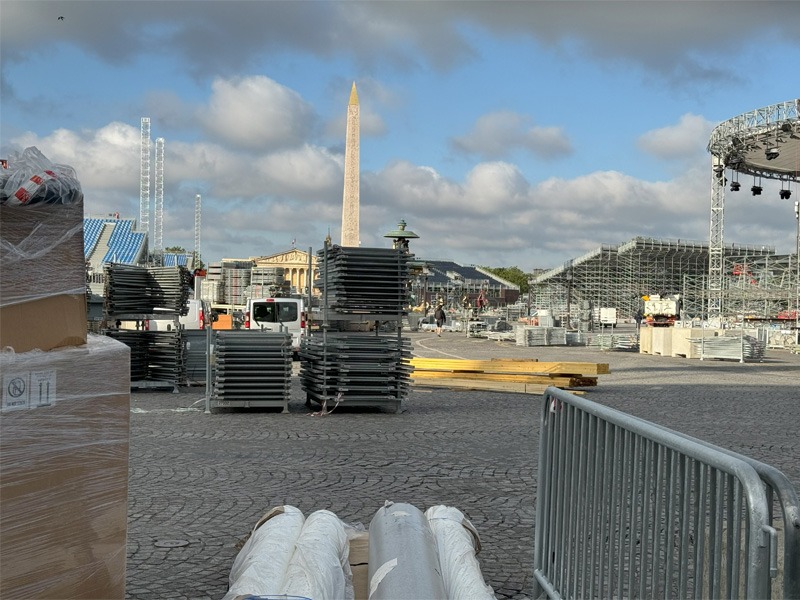Paris Shines Before and During the Olympics
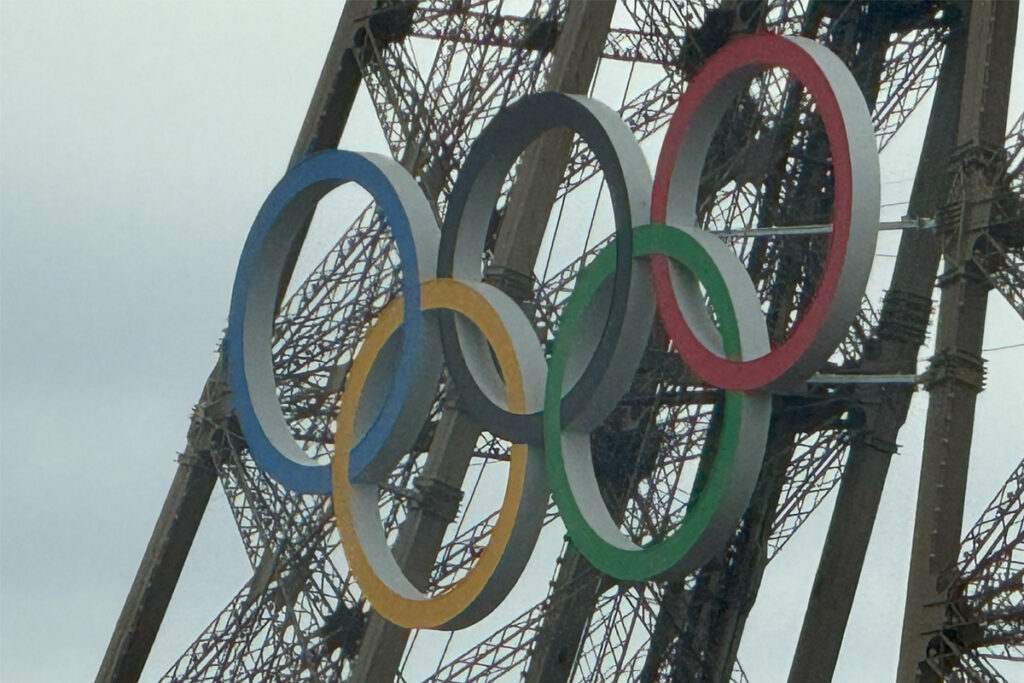
Paris, France
In July I stayed in Paris for a couple of days and took the most of my opportunity to tour as much of the city as possible by bike.
It was my first visit to one of my favourite cities in the world since before covid.
Part of my affection for this city is because way back in the 1980’s I spent a season living here while riding for a road cycling team that was based in Paris. There were certainly very few regular cyclists to be seen back then and even less dedicated infrastructure. Riding in traffic clogged Paris then was not for the timid!
I was keen to experience first-hand the new infrastructure and developments that we’d be writing about in the Micromobility Report.
These are just a selection of some previous articles we’ve posted about Paris:
About tripling parking fees for big SUV’s here
About ranking number one out of 148 European bike share systems here
About implementing noise radars to tackle excessively loud vehicles here,
About their Velo Plan 2.0 here
About expanding their 30 kph speed limit zones here
And about their plan to completely rebuild a green Champs-Elysees here.
Having read and watched so many positive reports, I was wondering if the real thing would live up to my high expectations, but it exceeded them!
We were in town just a few weeks before the Paris Olympics were due to begin, but apart from barricades, disruptions and construction along the River Seine, it was business as usual in most parts of Paris that we saw.
The Olympics showed off to the world Paris’ huge strides when it comes to micromobility and of course their excellent public transport system, which they have continued to invest heavily in upgrading over recent years. These drew widespread comment and praise from different sections of the visiting media.
I was particularly interested to see the “flotillas” of bike and scooter share riders riding on car free lanes alongside the men’s and women’s marathon running races when I watched on TV.
Bike share merged company Tier-Dott, now simply known as Tier, put out a press release after the Olympics that said, “In a historic display of innovation and collaboration, Segway and TIER-Dott join force to offer 10,000 free e-bike rides during the recently concluded Paris events. This initiative was designed to promote sustainable urban mobility in one of the world’s most visited cities during the peak summer season and the Games. It also sought to boost ridership and raise awareness of the convenience and environmental benefits of micromobility.
“TIER-Dott deployed 15,000 e-bikes to support the Games from July 26 to September 8. These e-bikes played a key role in Paris’s push to improve urban living and reduce its environmental footprint. Over this period, they accumulated 1 million rides, covering 3.3 million kilometers, with 500,000 riders—48,000 of whom were first-time users of TIER-Dott.”
The Olympics moves on to Los Angeles in 2028, then to Brisbane in 2032. It would be great if both cities, who had delegations in Paris to observe all aspects of the Paris Olympics, would grow even half as much political courage as Paris’ Mayor Anne Hidalgo and realise that micromobility is a key solution for cities, not just during major international events like the Olympics but all year round.
Here are some photos from my visit:
